Coordinated efforts in environmental protection in the Beijing-Tianjin-Hebei region have proved increasingly effective for residents, achieving comprehensive improvements, particularly in air quality, and aiming for further collaboration.
The average concentration of PM2.5 in Beijing reached 30.5 micrograms per cubic meter last year, meeting the secondary national ambient air quality standards — indicating good air quality — for the fourth consecutive year. The city recorded 290 days of good air quality, the highest number since monitoring began.
PM2.5 stands for particulate matter with a diameter of 2.5 micrometers or less, referring to air pollutant particles that can invade even the smallest airways.
Tianjin and Hebei province also saw significant air quality improvements. The annual average concentration of PM2.5 in Tianjin dropped to 38 micrograms per cubic meter, while in Hebei, it declined to 37.8 micrograms per cubic meter, a year-on-year decrease of 2.1 percent, according to data released at a news conference on regional ecological development in 2024 and plans for 2025.
"The public's satisfaction with blue skies has significantly improved," said Sun Jiandong, an air quality official at the Shijiazhuang ecology and environment bureau.
Shijiazhuang has increased the proportion of non-fossil energy consumption and optimized its transportation infrastructure, promoting the use of over 55,000 new energy vehicles in the public sector, Sun said.
"Seeing the clear blue sky lifts our spirits. I encourage my child to play outside longer, and we keep the windows open to fully enjoy the clean air at home," said Wang Hongyu, a 41-year-old resident of Shijiazhuang in Hebei, adding that he hasn't used the air purifier he bought a decade ago for years.
"The environmental departments of the three regions have coordinated efforts in structural optimization, industrial pollution control, vehicle emission reduction and innovations in laws, policies and standards," said Wu Yue, deputy director of the department of ecology and environment of Hebei province, at the news conference in Shijiazhuang on Friday.
Under the guidance of the Beijing-Tianjin-Hebei coordinated development office, environmental and forestry departments from the three areas formed a task force to enhance ecological collaboration.
Hebei, which held the rotating leadership of the regional ecological task force last year, made significant progress in advancing ecological cooperation as part of the region's development strategy, Wu said.
In addition to air quality improvements, the three areas have strengthened joint efforts to protect and manage the region's water environment.
"We have enhanced collaborative protection of key river basins and promoted comprehensive management of transboundary rivers such as the Luanhe River and Yongding River," Wu said.
Last year, the water quality at transboundary sections of several rivers, including the Chaohe and Baihe rivers, achieved a Class II rating — the second-highest level in China's five-tier water quality system — or above, he added.
The region also made progress in afforestation projects, enhancing biodiversity, managing mountains ecologically and improving waste management.
The three regions jointly drafted a plan to accelerate the establishment of the Yanshan Mountain-Saihanba National Park.
"In 2025, we will expand collaboration by improving related regulations and standards, enhancing the sharing of scientific and technological achievements, and cracking down firmly on violations of ecological and environmental laws," Wu said.








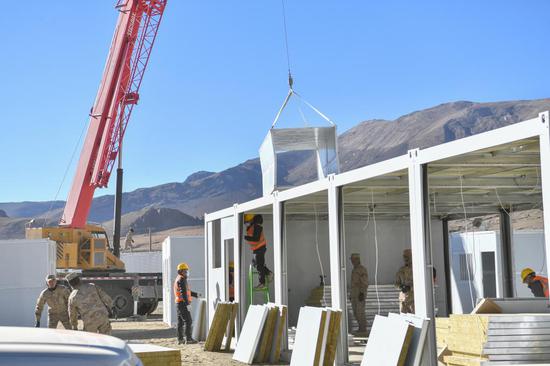
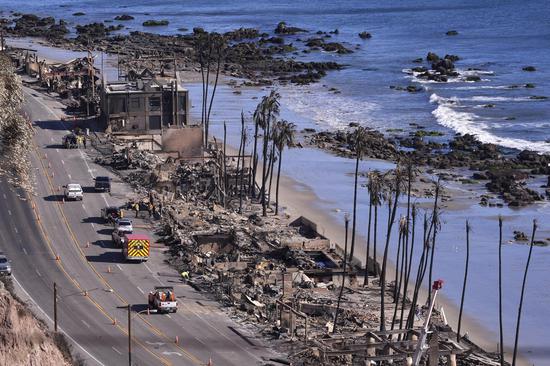


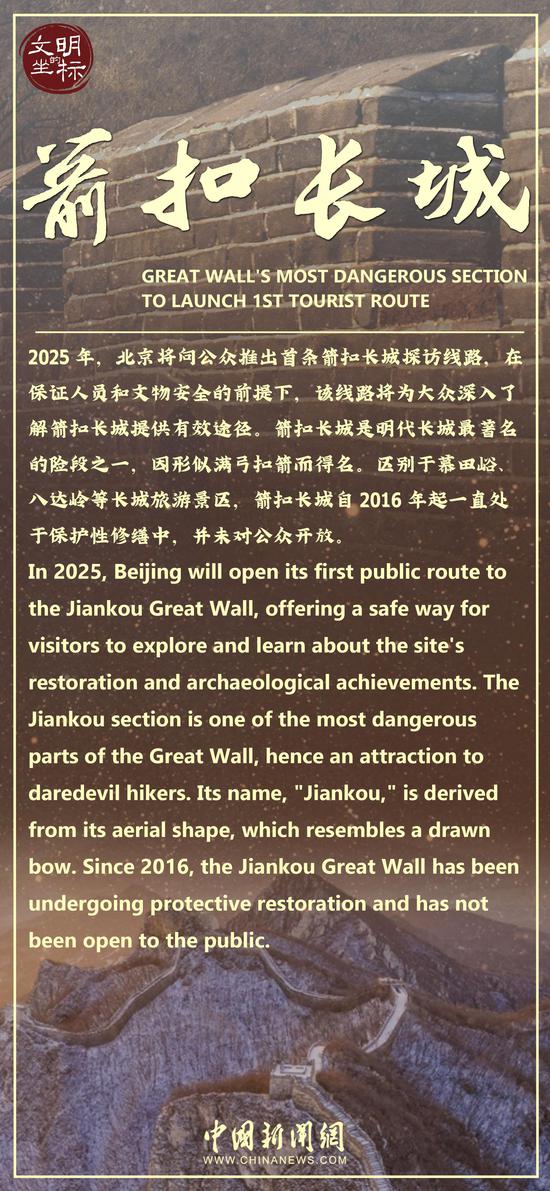
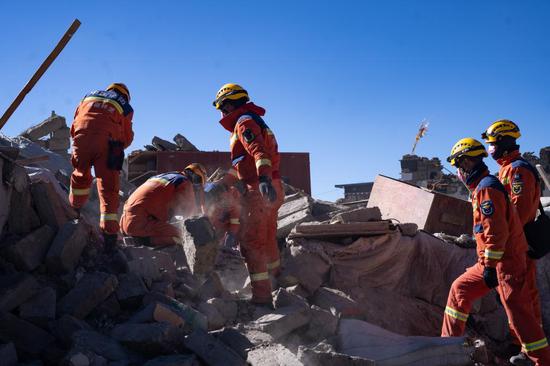







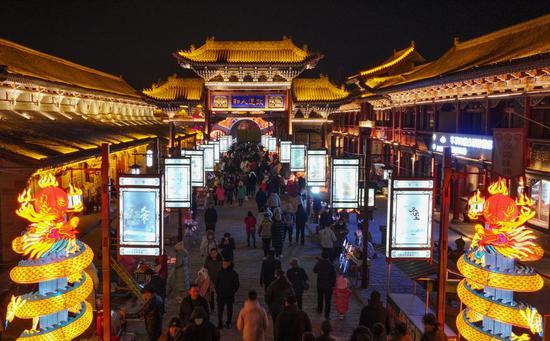


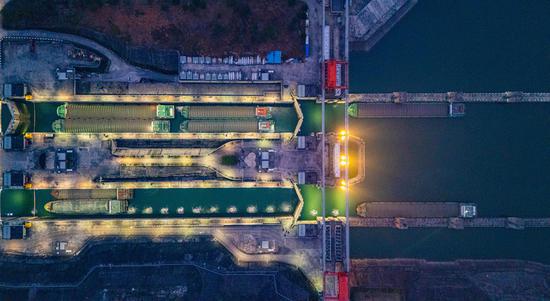



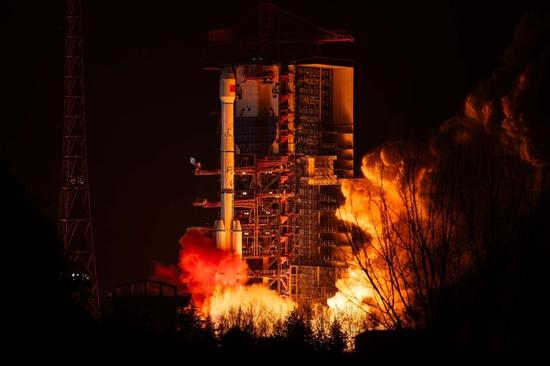
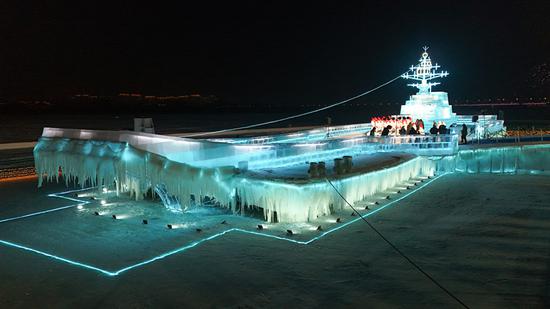


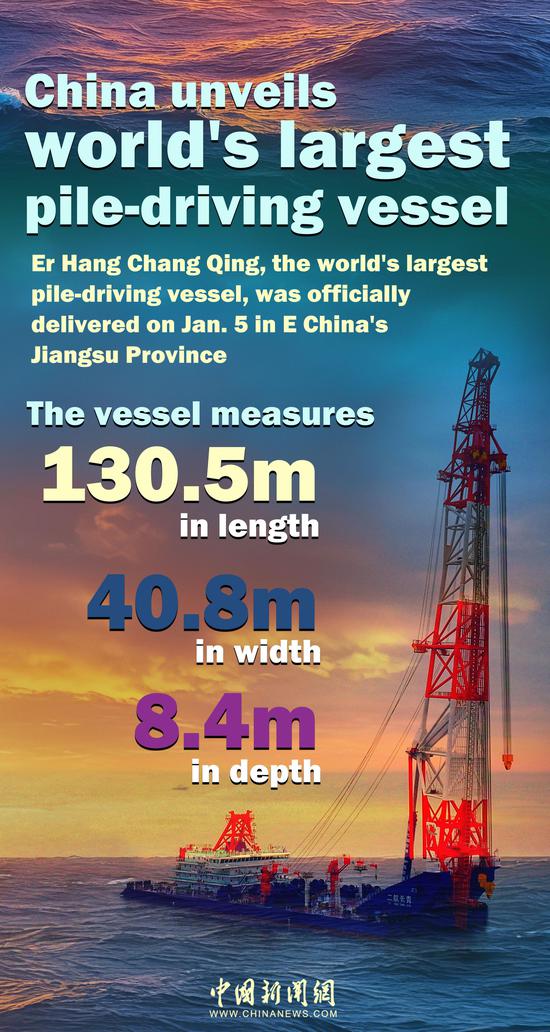



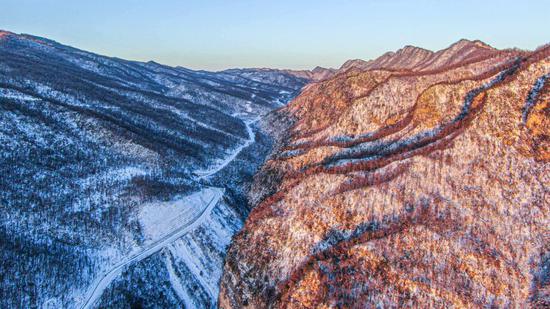

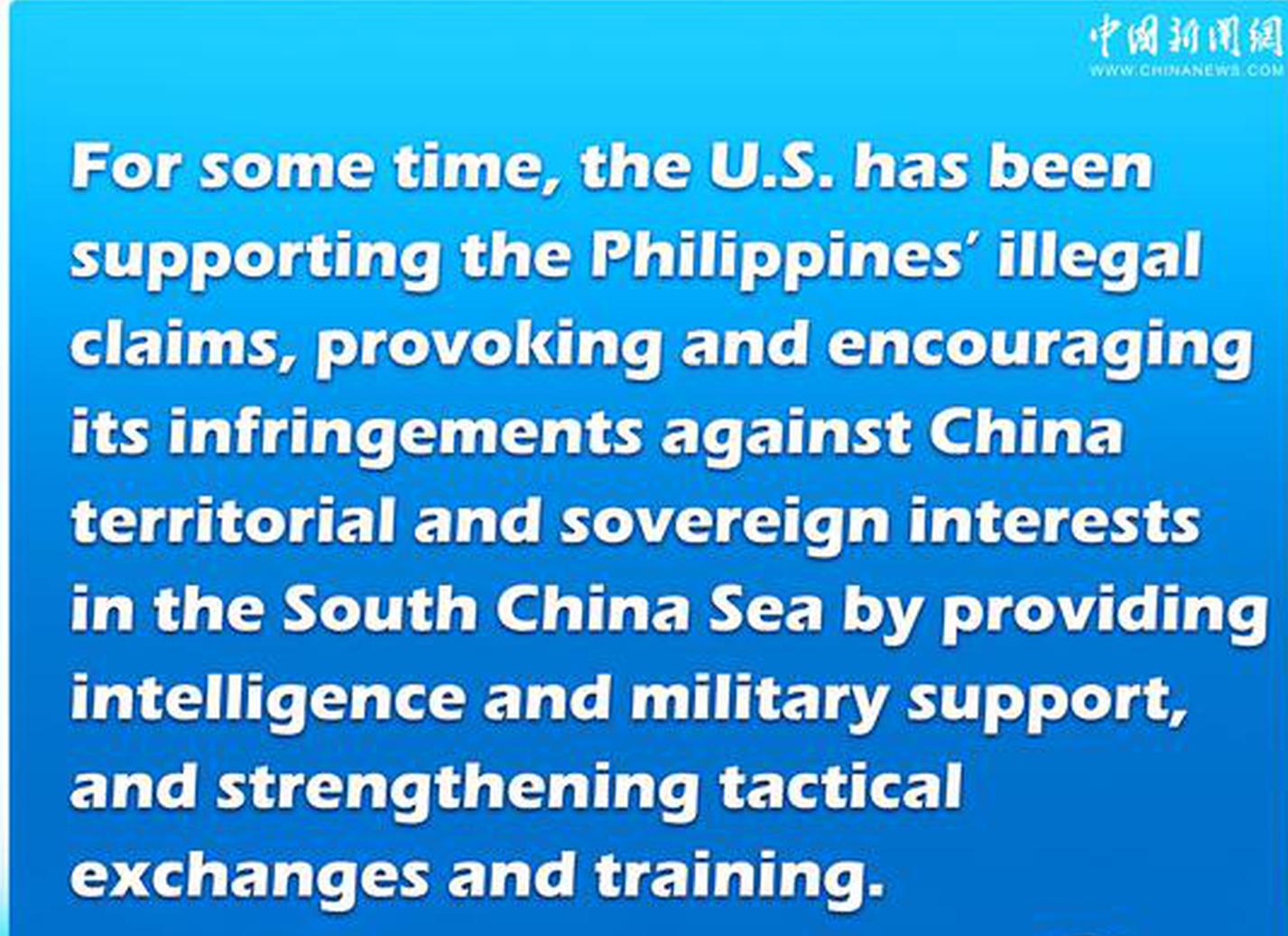

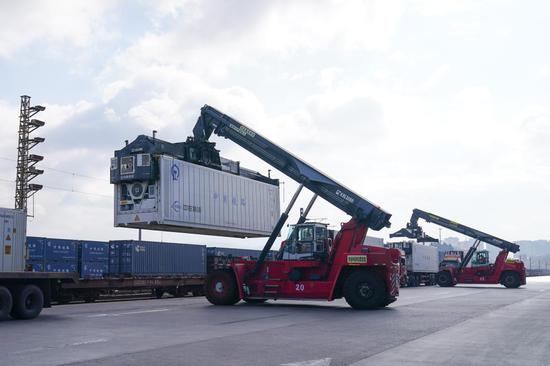
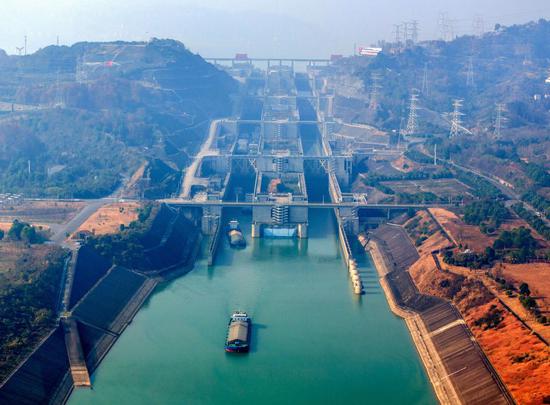




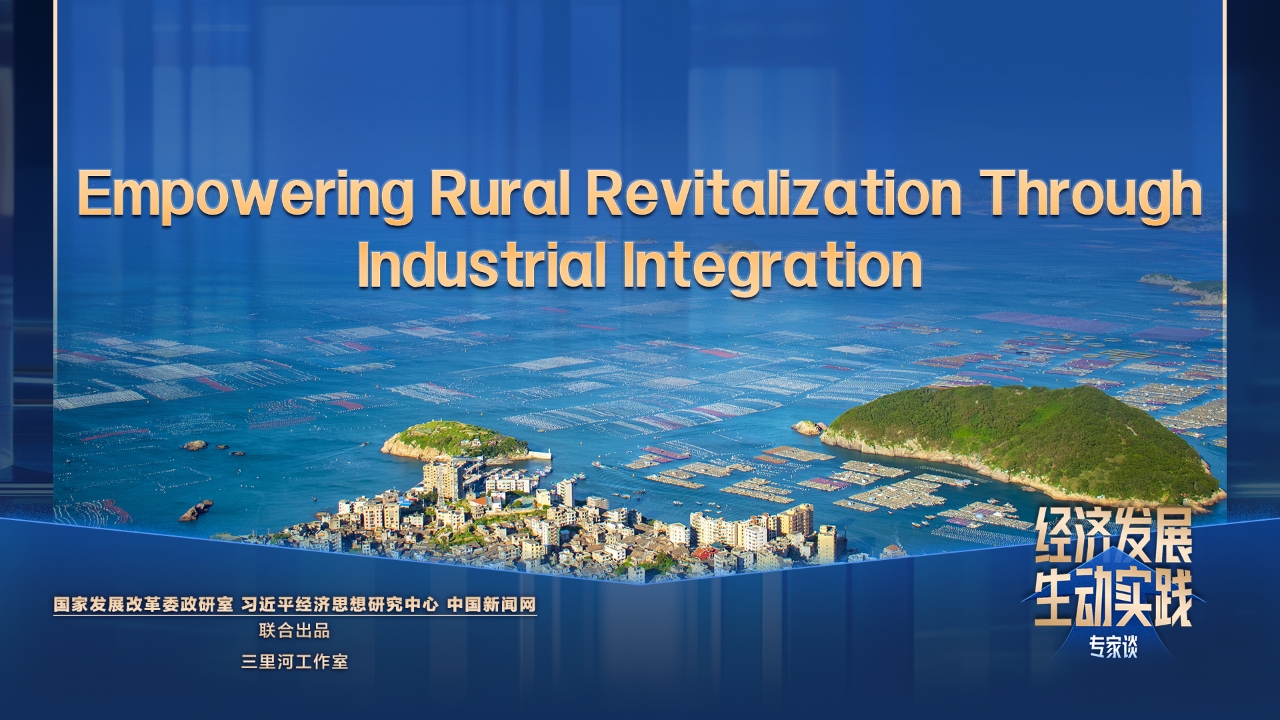



 京公网安备 11010202009201号
京公网安备 11010202009201号